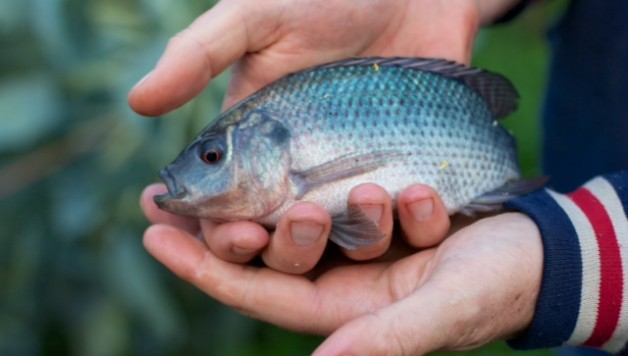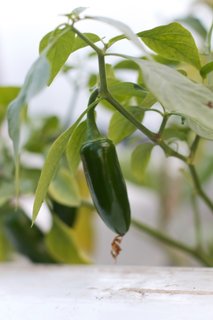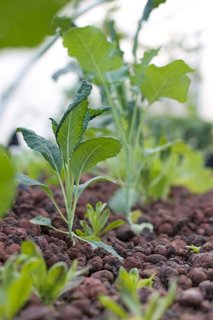In a time where people want local food and know how it’s produced, there is no better way than to just…well, grow your own!
After countless hours spent walking the aisles of Whole Foods or reading the backs of labels looking for ‘Made in…’ or ‘Contains no…’ there’s no better way to satisfy those questions than walking to your own greenhouse and having a pantry full of fresh produce at your fingertips.
Something I’m very concerned about is the cost that overfishing has on our marine environment. Where ecology research on land is easier to quantify, i.e. ‘there are 36 elephants left in this region’, the ocean’s three-dimensional appearance makes it harder for scientists to count and for the average Joe to see in plain sight. However beneath the waves the story is far from skeptical…the facts are in and they are terrifying. Try talking to the first local fisherman you come across and ask him if he caught anything that day…then ask him how it ‘used to be’.
Stay with me here…
Introduce ‘aquaponics’, the combination of raising fish (aquaculture) and plants in water without soil (hydroponics), and you have a symbiotic cycle that keeps you in fresh food year round. It’s no new concept but only recently has the general public really caught on and is taking advantage of the easy to construct, high producing system that “out funs” any iPhone game.
Now backyards around the globe are filled with the sound of trickling water, the smell of fresh fish on the barbeque, and the sight of fresh lettuce, kale, tomatoes, and herbs spilling out of old tubs and containers. The possibilities are endless.
After moving from a fast paced life in the City of Vancouver to a farm on Vancouver Island, my idea was simple. Build an aquaponics system from recycled materials that’s both sustainable and productive. After much research, building, collecting, and some sweet-talking I put it together using about 80% recycled bits and bobs. The fish tank I talked my local salmon hatchery into giving me, the grow beds made from old, free bathtubs on Craigslist, bits of pipe and fittings lying around the farm, and gravel from an abandoned car park. The only parts I bought new were the pump, some plumbing pieces, and some Hydroton clay gravel. But if you were to do some extra digging there would be no reason why you couldn’t bump that up to 100% recycled materials.
Even though I have a degree in marine biology and have worked at public aquariums for many years, I had learned an incredible amount (and keep learning) and had become very addicted to this neat concept. Watching your fish and plants grow simultaneously is extremely rewarding and even more so when you bite into that first strawberry or tomato that they’ve produced. A quick warning though, this isn’t a goldfish that you can leave and hope it survives. There are certain responsibilities and some science involved. Carefully monitoring your water quality and providing the perfect environmental conditions for both fish and plants is not always easy and there’s a lot to know. However given the right information and some patience anyone can have success.
Aquaponics is incredibly efficient. It uses less than 10% of the water that a regular garden does and once it’s up and running your plants grow before your eyes from the rich nutrients supplied by the fish waste. To save on power you can have your pumps and aeration run off a small battery and solar panel and for heat you can keep your whole system in a greenhouse.
Since I was raising Tilapia, a tropical cichlid fish originally from Africa, the water had to be kept at a constant temperature of 25°C, not a cheap option when using conventional heaters in Canada. Even in a greenhouse and with my tank surrounded by old insulation, getting the water warm enough to keep the fish happy was tough. How to overcome this sustainably? Use the power of compost! Our farm had horses (so lots of manure), we had hay, and we had a big pile of woodchips… so we made heat! By mixing together a big pile of the above, and running 30 meters of poly pipe through it within a few weeks you’ll have warm (even hot!) water that you can circulate through your system…for free!
Growing your own nutritious food has never been more important and doesn’t have to be complicated…in fact it’s not. You have more information online than you’ll ever need, forums to troubleshoot on, and a wealth of innovative ideas that will keep you motivated and excited to try for yourself.
With fish stocks crashing and fresh, local food harder to find on your supermarket shelves, it’s again up to individuals to push movements and encourage others to make the changes. Start small and see where it takes you. Give this one a go folks!



